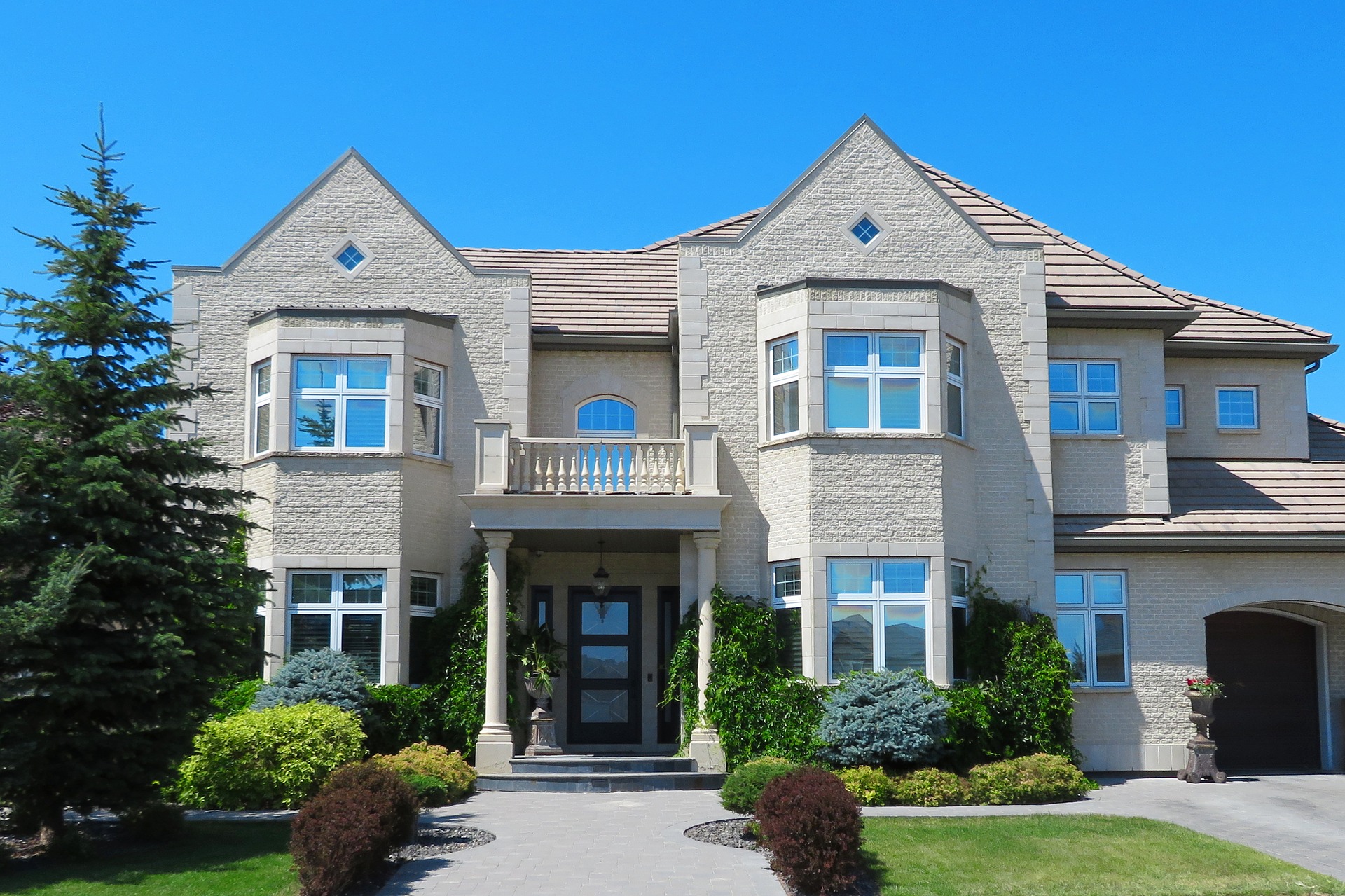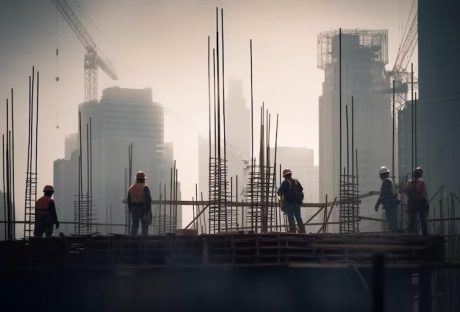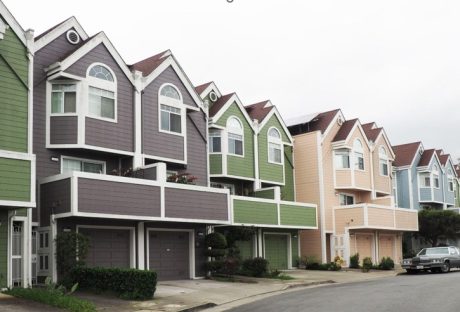The idea of investing in your future is something that many people think about but don’t know how to start. We all know that planning for the future and looking ahead is something we should do, but the specifics can be hard to pin down. Whether you are trying to plan for your retirement, for your children’s future, or for your company, having long-term plans and goals is an important consideration. When it comes to preparing for your future, it is worth thinking about investing as an option, especially if you are uncertain about if or when you will retire. Property investment is a lucrative and worthwhile strategy for continuing savings and it brings both monthly returns and potentially large profits when the time comes to sell.
Investing in property is one of the best ways to prepare for your financial future. There are two major benefits to property investment and the first of these is rental income. If you are considering investing in buy to let property you can earn a monthly rental income from the tenants who are living in your property. The second benefit is capital appreciation – the amount that your property goes up in value by while you have the investment. If you are able to find a property with high yields, you will find that the investment can pay for itself after a few years, meaning that in the future your property is just making more money.
Property prices in the UK have risen by an incredible 281% since 1996, and in London, prices have risen by 501%. According to the Nationwide house price index, buy to let property investors typically earned returns of £14,987 for every £1000 that was invested twenty years ago. Having a long-term property investment strategy can lead to greater financial independence and if you can afford to invest early, you can benefit from a longer amount of time for the property to go up in value. Many successful property investors have used the profits from selling one property to build up a portfolio and can live comfortably off their rental earnings into retirement.
There are some considerations when it comes to property investment that it is important to be aware of. If you need to get money out of your investment quick, selling a property can be a long and expensive process so it is important you have a backup plan too. There are also other fees, costs and tax implications that you need to consider before investing in property, like ground rent for an apartment or stamp duty. However, there are many more benefits to property investment.
Property investment remains one of the most popular and trusted investment strategies and many people have become incredibly wealthy by investing in the right property at the right time. It is important that you think carefully before investing and choose a property that is a great bet for the future. Property investment specialists RW Invest have a range of buying to let properties available at below market value prices, with guaranteed rental yields for a set period, allowing you to plan your investment and returns. Property generally appreciates considerably over time and this can make owning a property in a high growth area a smart investment for the future. You can hold on to a property while its value appreciates and as you are earning rental income at the same time, owning a buy to let property is a profitable situation to aim for.
Read Also:






















